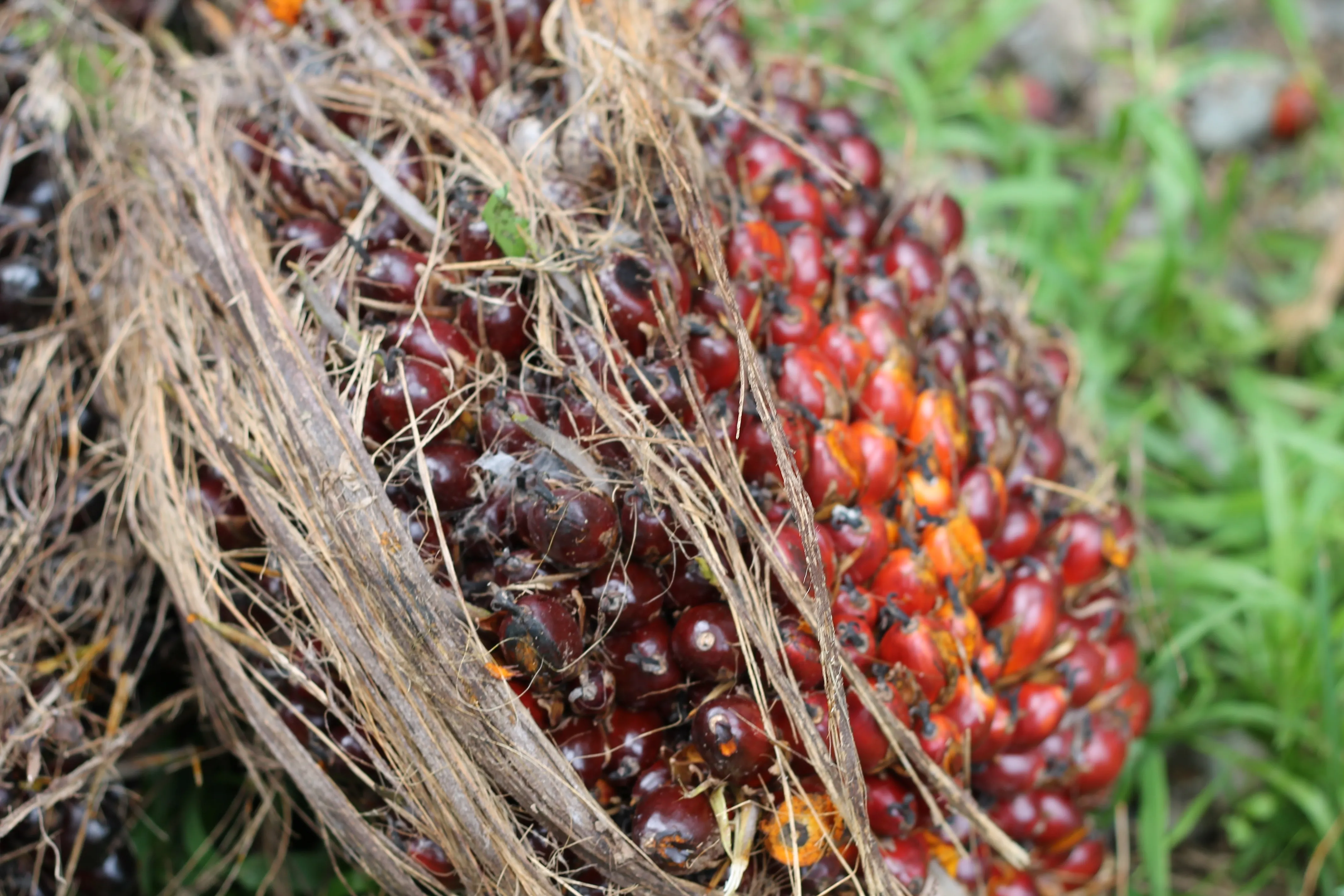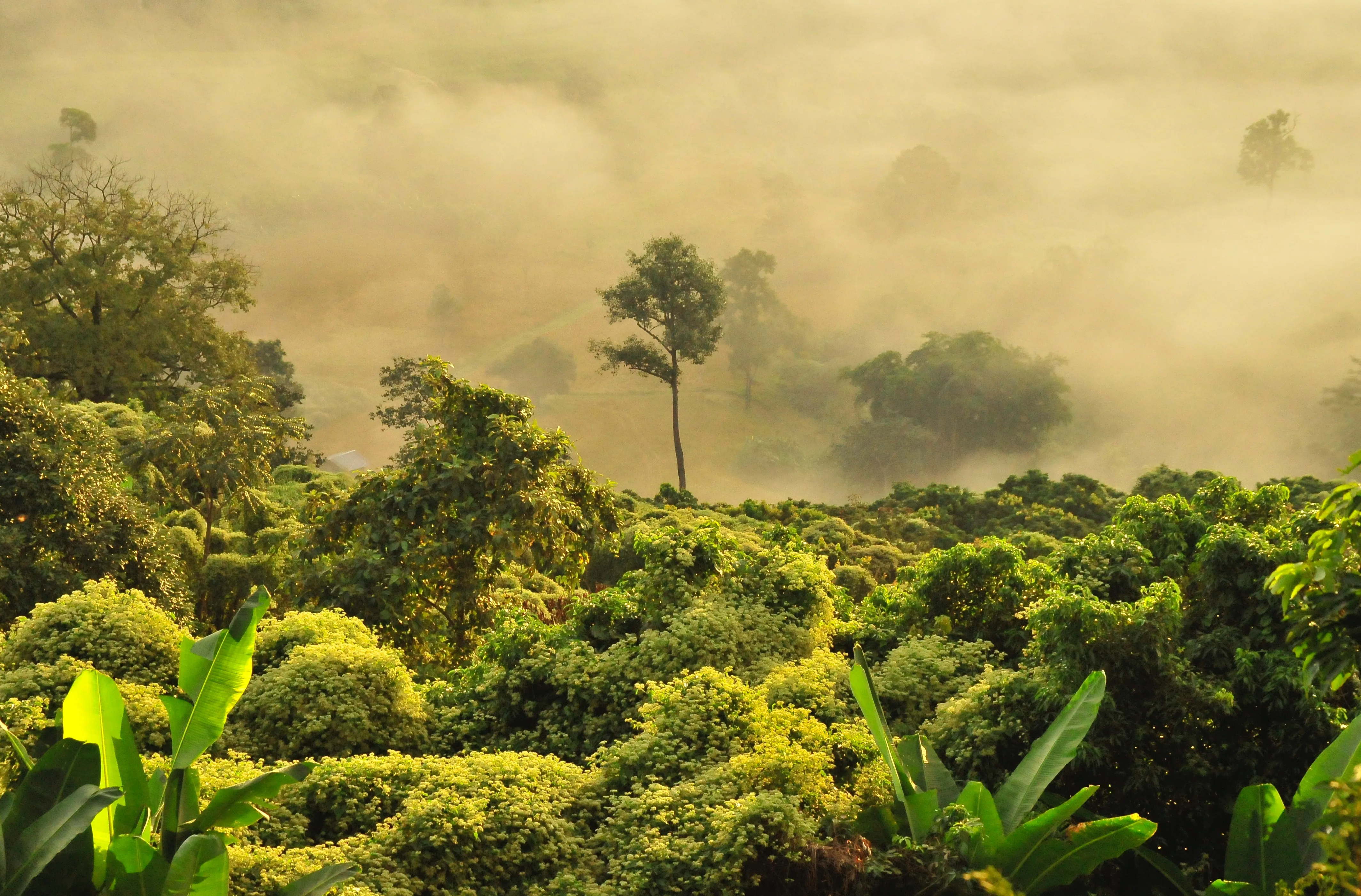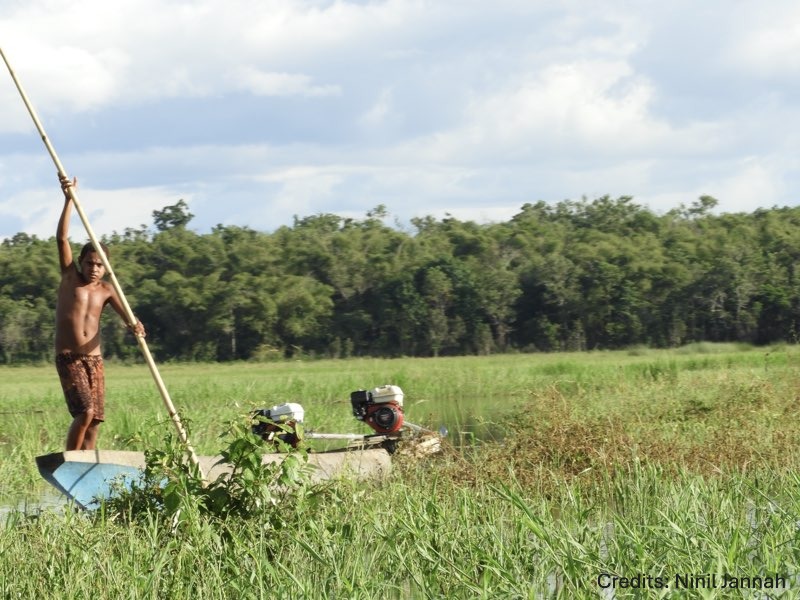
Three Million Hectares and Counting: The Impact and Applicability of the ALS
A major milestone for the High Conservation Value Network (HCVN) and its Assessor Licensing Scheme (ALS)
Earlier this year the High Conservation Value Network (HCVN) has reached a significant milestone: more than 3 million hectares of land have now been assessed through the Assessor Licensing Scheme(ALS). Of this, over 1 million hectares have been designated as HCV Management Areas (HCV MAs) -sites where biodiversity, ecosystems, and community values are protected and managed.
These achievements are backed by the collective efforts of a global community:
• 64 Licensed Assessors from14 countries
• 73 Quality Panel Members from 25 countries
• 313 satisfactory reports leading to 3,195,885.85 hectares assessed
• 1,063,311.14 hectares designated as HCV Management Areas
• 174,146.72 hectares of HCVs added following Quality Panel feedback
These figures illustrate both the scale andthe impact of the ALS. They also show that the Quality Assurance process isnot just about checking boxes—it actively improves conservation outcomes. Forexample, in somecases, revised data or clearer analysis resulted in smaller, but more precise HCV Management Areas. This is not a setback, but rather ademonstration of theALS’s commitment to accuracy, credibility, andevidence-based conservation.
Strengthening conservation through credible assessments
Since 2014, the ALS has strengthened requirements for HCV and HCV-HCSAassessments by combining licensing with rigorous quality reviews. Every reportundergoes evaluation by two or more members of the Quality Panel, who bringexpertise across ecological, social, and technical domains. This system helpsensure that decisions are based on thorough analysis, community perspectives,and clear, transparent requirements.
As Ninil Jannah, licensed assessor, explains: “[ALS] provides clear guidelines and reporting templates, making the assessment process more straightforward. [It also] supplies information about the evaluation standards applied by the Quality Panel.” These mechanisms create the consistency and credibility needed for assessments to have real-world impact.
Lessons from the field
Still, challenges remain. The same assessor points out: “Guidelines and instructions are scattered across multiple documents: some issued by the HCVN,some by the HCSA Secretariat, each released at different times or years. This inconsistency requires significant effort to maintain a ‘consistent’ standard from these inconsistent sources.”
She also highlights uncertainty caused by evolving guidance: “The latest HCV-HCS Manual does not provide a detailed outline for reports, causing considerable doubt during report preparation… reports become less structured, and there is persistent concern: ‘Will the Quality Panel assess reports solely from the perspective of the new Manual?’”
These reflections emphasize that while ALS has delivered measurable results, its ongoing value depends on continuous adaptation and clear guidance.
From palm oil to mining: where ALS should apply
Today, certification systems such as the RSPO, HCSA, Rainforest Alliance,and the Better Cotton Initiative rely on ALS-licensed assessors to safeguard forests, biodiversity, and community rights. But the potential for ALS goes far beyond certification.
In the words of the assessor: “It is recommended for all certification processes of plant/crop commodities, including energy and mining sectors. It should be required for any business or activity involving significant landcover change or land conversion, which has a substantial impact on natural resources, habitats, and ecosystems important to communities or regions—especially where such changes are significant or relatively large inscale.”
Building a stronger future
Reaching over 3 million hectares assessed and more than 1 million hectaresunder HCV management is a major achievement. But the ALS’s real impact lies in how these assessments influence land-use decisions, prevent irreversible losses, and set new standards for responsible production.
As the assessor suggests: “There is a need to develop practical, adaptive management guidelines for HCV protection and enhancement, especially for specific certification participant management units (e.g., RSPO). Documentation of best practices is required to demonstrate the real benefits of HCV protection and enhancement in the field.”
These steps will not only strengthen the scheme but also make its applicability more evident across sectors.
Beyond the numbers
Crossing the 3 million hectares mark is a milestone worth celebrating. But the figures are more than statistics: they represent endangered species safeguarded, forests preserved, and communities supported. And with each report reviewed, revised, and improved, the ALS shows that strong quality assurance is key to ensuring credible and lasting conservation outcomes.
Related Posts
Three Million Hectares and Counting: The Impact and Applicability of the ALS
Read MoreRSPO and HCVN to advance High Conservation Value Protection for Sustainable Palm Oil
Read MoreConsultation: HCV-HCSA Assessment Manual update
The HCVN is conducting a 15-day public consultation to gather input from interested stakeholders.
Read MoreOur Partnerships
Alongside many global initiatives, our work with partners promotes practices that help meet the global Sustainable Development Goalsand build a greener, fairer, better world by 2030.


Femexpalma
In April 2022, FEMEXPALMA and the HCV Network signed a 5-year cooperation agreement to promote sustainable production of palm oil in Mexico. FEMEXPALMA is a Mexican independent entity that represents palm production at the national level and promotes the increase of productivity in a sustainable way.
With global markets becoming stricter, for Mexican producers to be able to export to key markets such as the European Union, they must meet strict requirements such as certification by the Roundtable on Sustainable Palm Oil (RSPO). To be certified by RSPO, the HCV Approach must be applied prior to the establishment of any new oil palm plantations. With this cooperation agreement, the HCV Network will support FEMEXPALMA’s members and allies to design better strategies to identify, manage and monitor High Conservation Values and support smallholders to achieve RSPO certification and implement good agricultural practices.
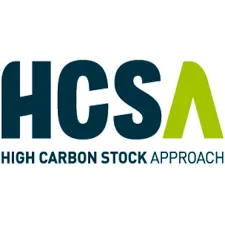

High Carbon Stock Approach
The High Carbon Stock Approach (HCSA) is an integrated conservation land use planning tool to distinguish forest areas in the humid tropics for conservation, while ensuring local peoples’ rights and livelihoods are respected.
In September 2020, HCV Network and the HCSA Steering Group signed a five-year Memorandum of Understanding (MoU) to strengthen their collaboration to conserve forests and uphold community rights in tropical forests. The HCS and HCV Approaches are cornerstones of corporate no deforestation and conservation commitments, and increasingly for actors working at different scales. The collaboration aims to further support effective implementation of these commitments through increased uptake of the HCV and HCS tools.
Through this MoU, HCSA and HCVRN are pursuing two main strategic goals:
- Strive to promote the application of the two approaches in tropical moist forest landscapes and explore further opportunities for collaboration.
- Ensure that, where the two approaches are applied together, this happens in a coordinated, robust, credible, and efficient manner, so that HCS forests and HCVs are conserved, and local peoples’ rights are respected.


World Benchmarking Alliance
From May 2022, the HCV Network is an ally at the World Benchmarking Alliance (WBA). WBA is building a diverse and inclusive movement of global actors committed to using benchmarks to incentivise, measure, and monitor corporate performance on the SDGs, and will assess and rank the performance of 2,000 of the world’s most influential companies against seven systems of transformation by 2023.
The scope of WBA’s circular transformation was expanded to cover nature and biodiversity as recognition of the need for greater understanding, transparency and accountability of business impact on our environment. The WBA Nature Benchmark was launched in April 2022, which will be used to rank keystone companies on their efforts to protect our environment and its biodiversity. As HCV Areas are recognised as key areas important for biodiversity, companies that publicly disclose their actions to identify and protect HCVs will contribute to the assessment of their performance against the benchmark.
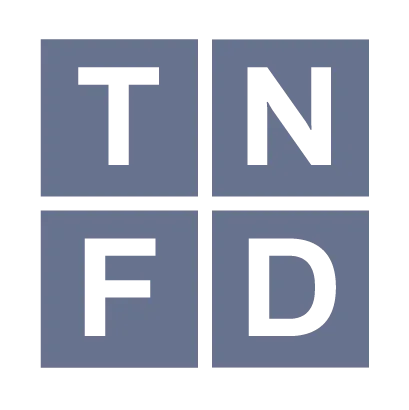

Taskforce on Nature-related Financial Disclosures - TNFD
The Taskforce on Nature-related Financial Disclosures (TNFD) is a global, market-led initiative, established with the mission to develop and deliver a risk management and disclosure framework for organizations to report and act on evolving nature-related risks, with the aim of supporting a shift in global financial flows away from nature-negative outcomes and toward nature-positive outcomes.
In April 2022, the HCV Network joined the TNFD Forum. The TNFD Forum, composed of over 400 members, is a world-wide and multi-disciplinary consultative network of institutional supporters who share the vision and mission of the task force.
By participating in the Forum, the HCV Network contributes to the work and mission of the taskforce and help co-create the TNFD Framework which aims to provide recommendations and advice on nature-related risks and opportunities relevant to a wide range of market participants, including investors, analysts, corporate executives and boards, regulators, stock exchanges and accounting firms.


Aquaculture Stewardship Council
The Aquaculture Stewardship Council (ASC) is the world’s leading certification scheme for farmed seafood – known as aquaculture – and the ASC label only appears on food from farms that have been independently assessed and certified as being environmentally and socially responsible. In 2021, the HCV Network and ASC formalised their collaboration through a Memorandum of Understanding (MoU). The MoU represents the first step in a fruitful relationship aimed at conserving HCVs in aquaculture. Although, existing guidance on the use of the HCV Approach currently focuses mainly on forestry and agriculture, the HCV Approach is however generic, and in principle also applicable to aquatic production systems. Through this MoU, this is recognised by the Aquaculture Stewardship Council (ASC) in their ASC farm standard, in which the protection of HCV areas is mentioned in the context of expansion
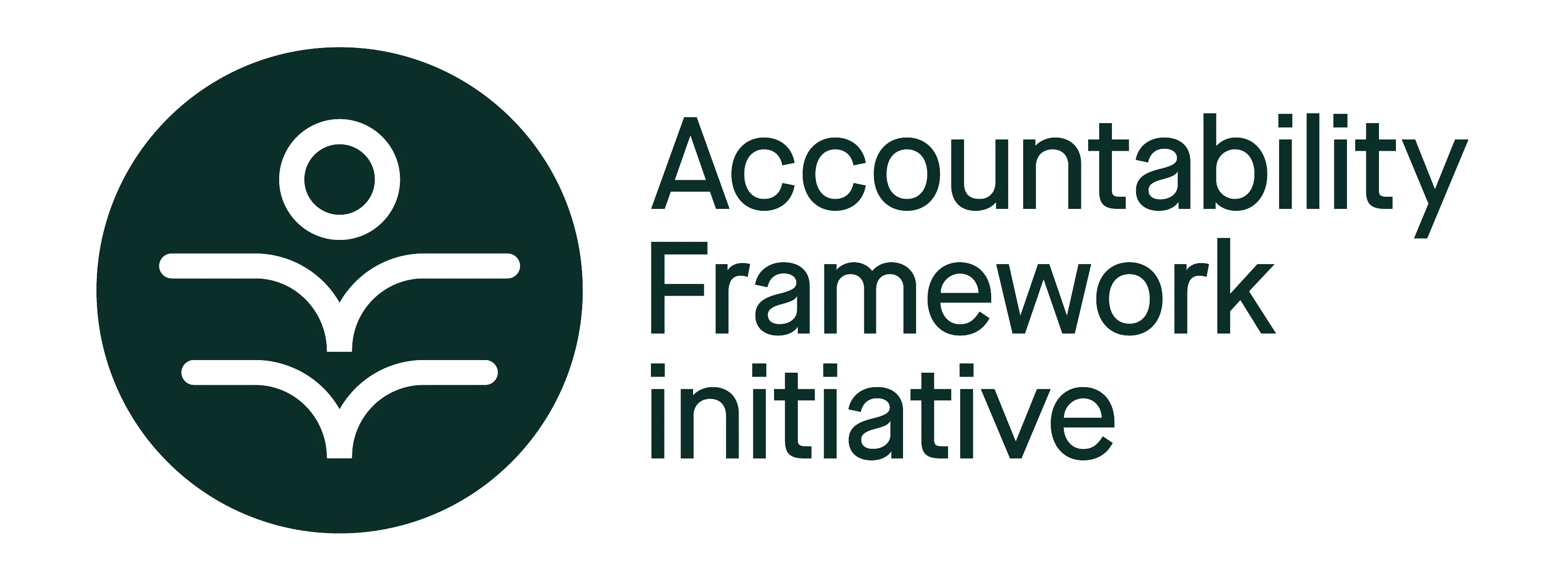

Accountability Framework Initiative
The Accountability Framework initiative (AFi) is a collaborative effort to build and scale up ethical supply chains for agricultural and forestry products. Led by a diverse global coalition of environmental and human rights organizations, the AFi works to create a “new normal” where commodity production and trade are fully protective of natural ecosystems and human rights. To pursue this goal, the coalition supports companies and other stakeholders in setting strong supply chain goals, taking effective action, and tracking progress to create clear accountability and incentivize rapid improvement. In July 2022, the HCV Network joined AFi as a Supporting Partner. AFi Supporting Partners extend the reach and positive impact of the AFi by promoting use of the Accountability Framework by companies, industry groups, financial institutions, governments, and other sustainability initiatives, both globally and in commodity-producing countries.


Biodiversity Credit Alliance
The Biodiversity Credit Alliance (BCA) is a global multi-disciplinary advisory group formed in late 2022. Its mission is to bring clarity and guidance on the formulation of a credible and scalable biodiversity credit market under global biodiversity credit principles. Under these principles, the BCA seeks to mobilize financial flows towards biodiversity custodians while recognising local knowledge and contexts.
The HCVN joined the BCA Forum in August 2023 to learn more from the many organizations already coming together to find effective pathways to opening up credit-based approaches, and how to contribute our knowledge and experience of years of working in a practical way, often with global sustainability standards and their certified producers, to protect what matters most to nature and people.
.webp)
.webp)
Nature Positive Forum
The Nature Positive Initiative is a group of stakeholders coming together to find ways to unlock success and achieve Nature Positive - a global societal goal defined as ‘halt and reverse nature loss by 2030 on a 2020 baseline, and achieve full recovery by 2050’, in line with the mission of the Kunming-Montreal Global Biodiversity Framework.
Core work includes preserving the integrity of ‘Nature Positive’ as a measurable 2030 global goal for nature for business, government, and other stakeholders, and providing the tools and guidance necessary to allow all to contribute. The initiative also advocates for the full implementation of the Kunming-Montreal Global Biodiversity Framework by governments and other stakeholders.
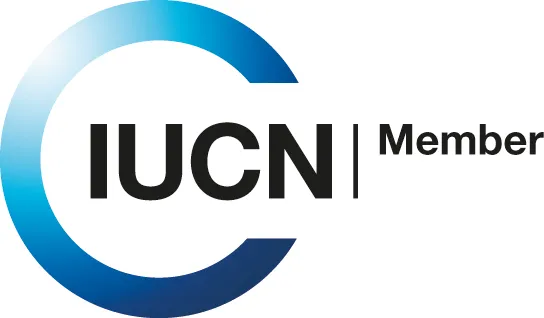

IUCN
IUCN is a membership Union uniquely composed of both government and civil society organisations. It provides public, private, and non-governmental organisations with the knowledge and tools that enable human progress, economic development, and nature conservation to take place together.
Created in 1948, IUCN is now the world’s largest and most diverse environmental network, harnessing the knowledge, resources and reach of more than 1,400 Member organisations and around 15,000 experts. It is a leading provider of conservation data, assessments, and analysis. Its broad membership enables IUCN to fill the role of incubator and trusted repository of best practices, tools, and international standards.
IUCN provides a neutral space in which diverse stakeholders including governments, NGOs, scientists, businesses, local communities, indigenous peoples’ organisations, and others can work together to forge and implement solutions to environmental challenges and achieve sustainable development.
Working with many partners and supporters, IUCN implements a large and diverse portfolio of conservation projects worldwide. Combining the latest science with the traditional knowledge of local communities, these projects work to reverse habitat loss, restore ecosystems, and improve people’s well-being.

Get Involved
Our Mission as a network is to provide practical tools to conserve nature and benefit people, linking local actions with global sustainability targets.
We welcome the participation of organisations that share our vision and mission to protect and enhance High ConservationValues and the vital services they provide for people and nature. By collaborating with the Network, your organisation can contribute to safeguarding HCVs while gaining valuable insights and connections that support your sustainability goals.
We are seeking collaborative partners to help expand and enhance our work, as well as talented professionals who can join the growing Secretariat team, and for professionals who can contribute to the credible identification of High Conservation Values globally.
Join us in securing the world’s HCVs and shaping a sustainable future.
